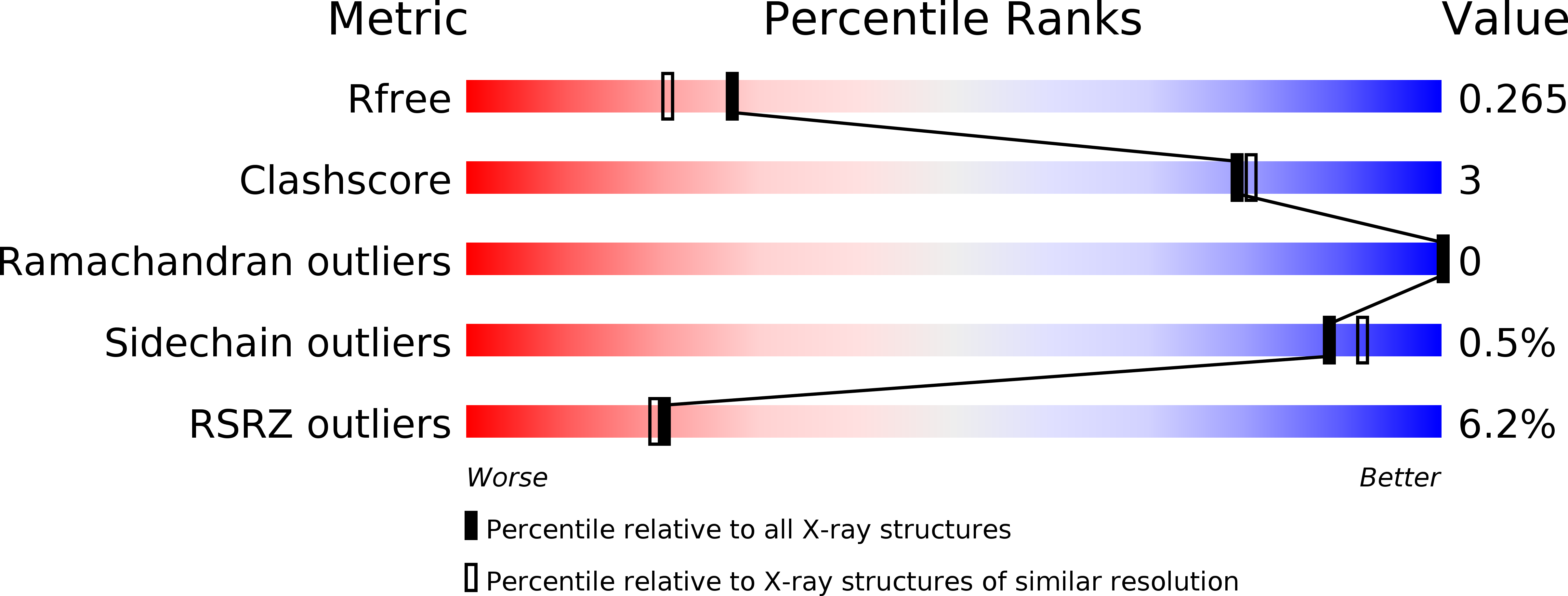
Deposition Date
2014-03-07
Release Date
2015-02-18
Last Version Date
2024-03-20
Entry Detail
PDB ID:
3WSC
Keywords:
Title:
Crystal structure of alginate-binding protein Algp7
Biological Source:
Source Organism:
Sphingomonas (Taxon ID: 90322)
Host Organism:
Method Details:
Experimental Method:
Resolution:
1.99 Å
R-Value Free:
0.26
R-Value Work:
0.22
R-Value Observed:
0.22
Space Group:
P 21 21 21


